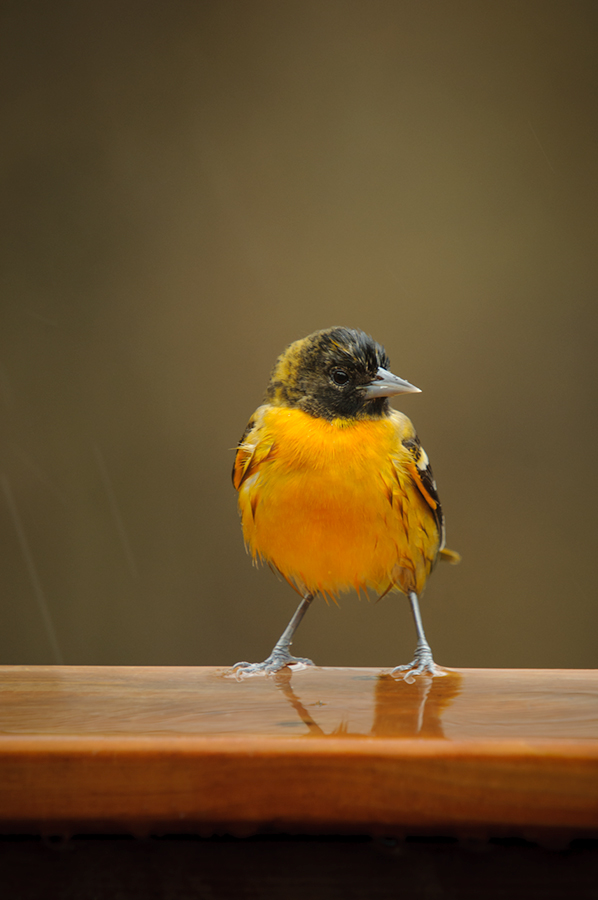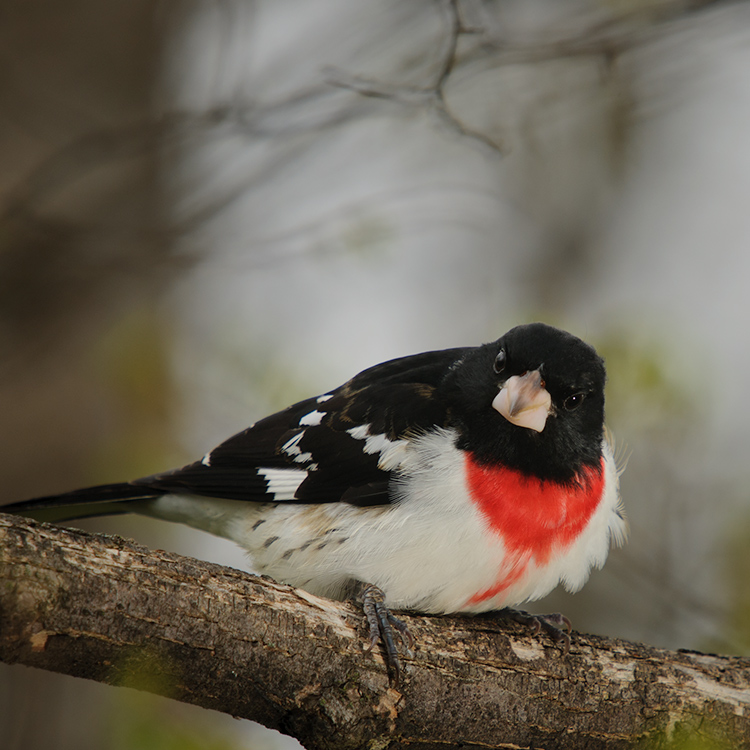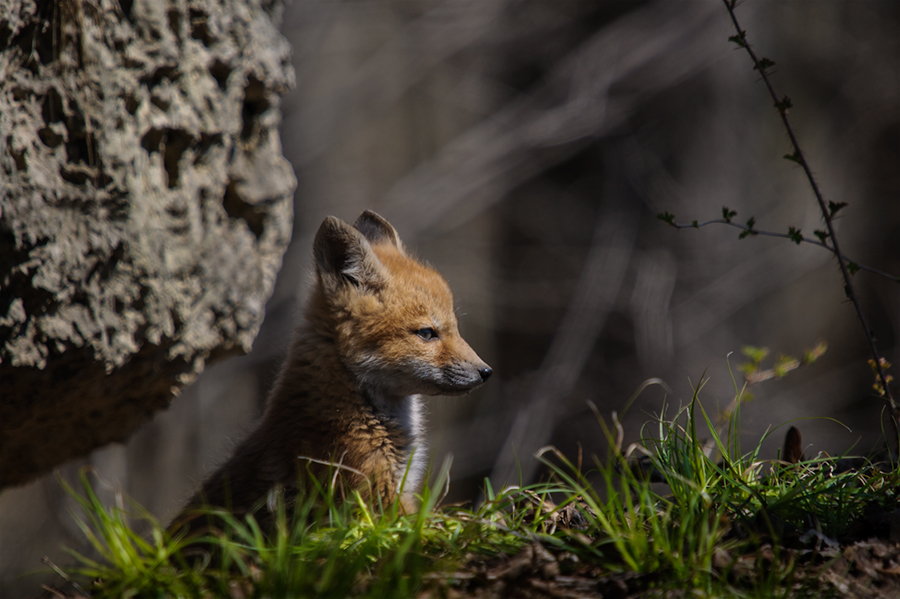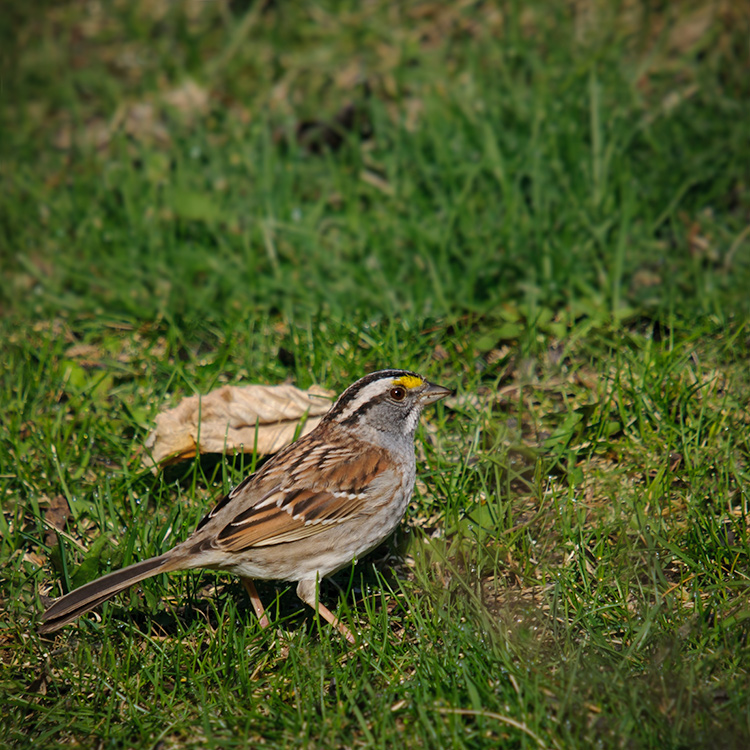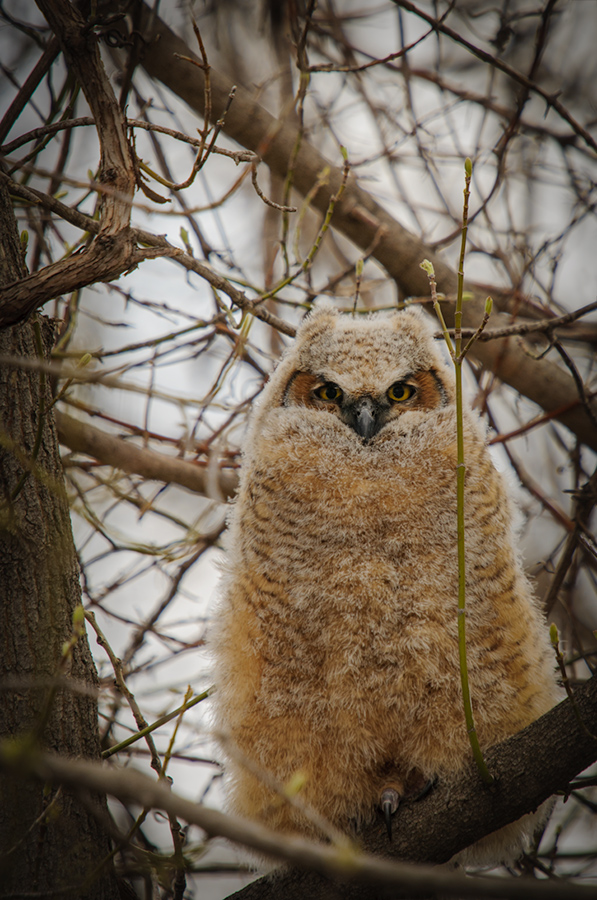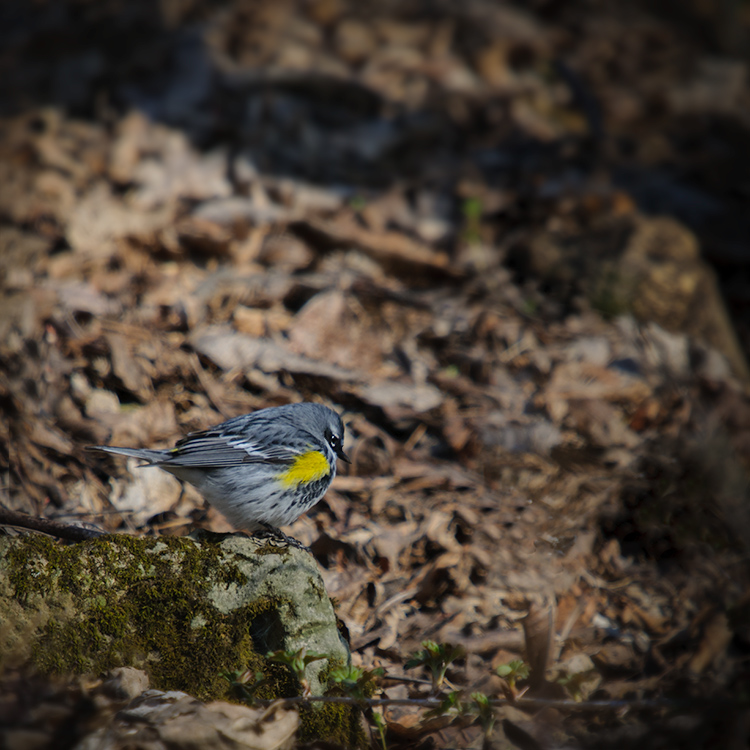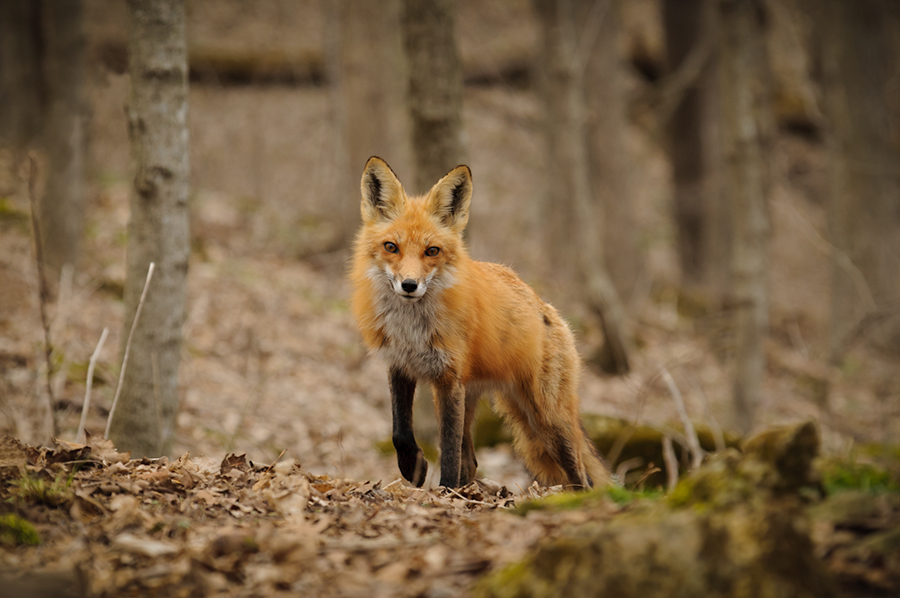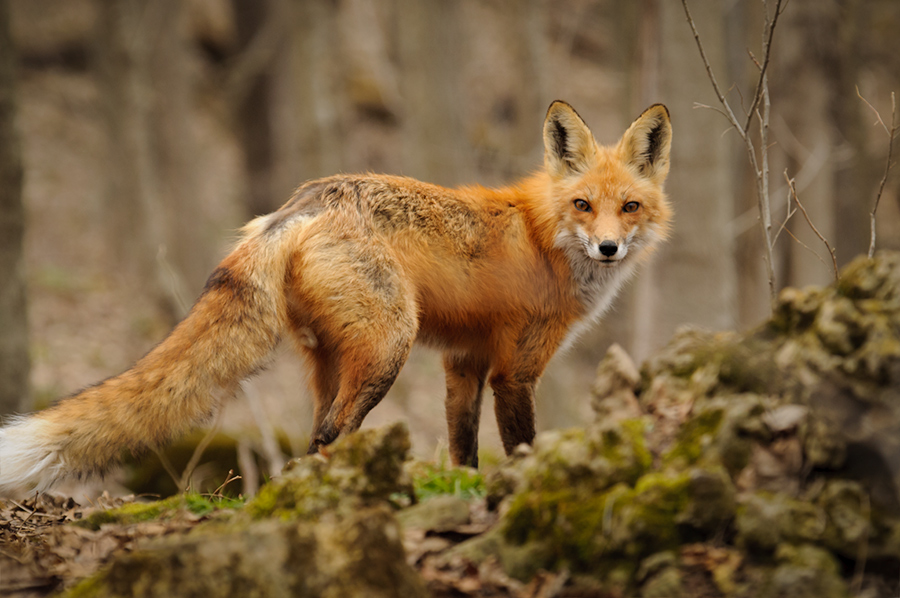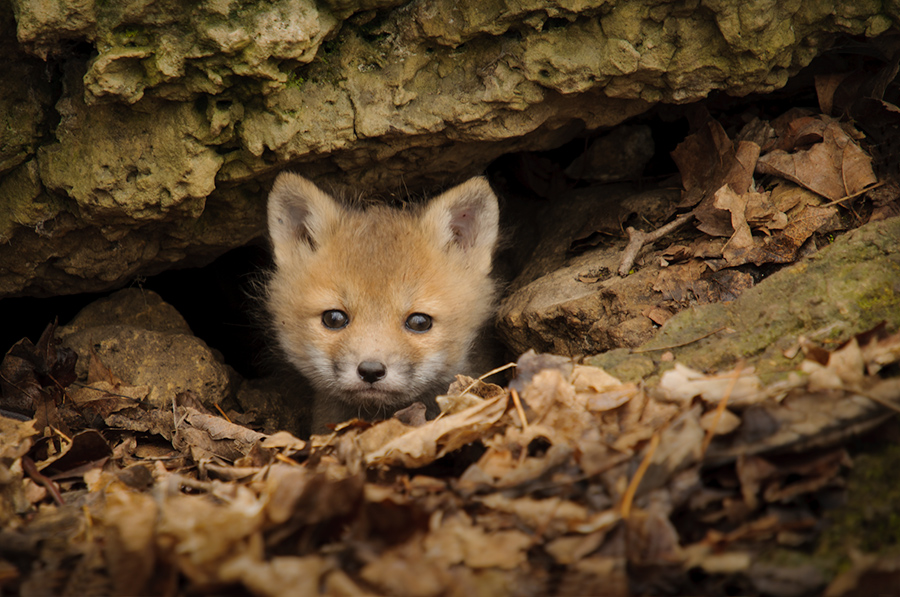It was raining hard on Friday and this female Baltimore Oriole was probably thinking, "Why did I come up north all the way from the Gulf of Mexico if you still have almost winter weather conditions here?"
However, the bad weather with cold temperatures during last week did not stop the birds from arriving on time here in the woods north of Dubuque, Iowa. The first Rose-breasted Grosbeaks and the Baltimore Orioles were here April 30, and this matches our observations and records from the last eight years. The first Ruby-throated Hummingbird showed up May 3.
We had up to eight Grosbeaks here around the house that enjoyed the bird feeders or were just searching for food in the grass. I'm sure some of them will move on further north to Minnesota or Canada. They spent the winter in the northern part of South America or in the Caribbean.
It was a great day today being out looking for migrating birds. I saw probably six different warblers and some of them were first sightings for me. Not all pictures turned out the way I was hoping but I have enough to post here in the next few days. So please stay tuned...

